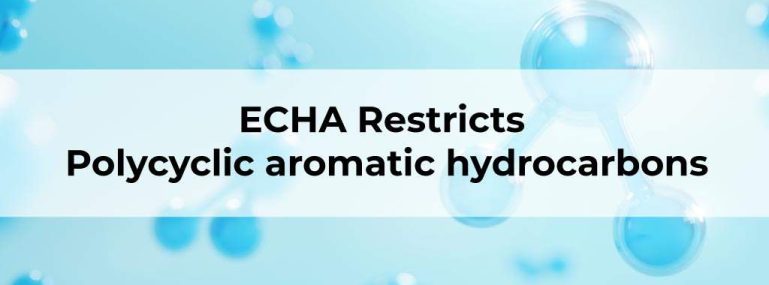According to a study done by ECHA, rubber granules are generally used to fill synthetic sports pitches. Most of these rubber granules come from recycled tires. The granules and mulches also contain hazardous chemicals such as phthalates and polycyclic aromatic hydrocarbons (PAHs), which can cause the release of volatile organic compounds (VOCs). As a result, rainwater and other sources of microplastic pollution are also affected.
Rubber mulches and granules are also used in golf courses, shooting ranges, and other athletic sports complexes.
The rubber matrix in these tires contains 8(PAHs) listed below:
- Benzo[a]pyrene (BaP),
- Benzo[e]pyrene (BeP),
- Benzo[a]anthracene (BaA),
- Chrysene (CHR),
- Benzo[b]fluoranthene (BbFA),
- Benzo[j]fluoranthene (BjFA),
- Benzo[k]fluoranthene (BkFA),
- Dibenzo[a,h]anthracene (DBAhA)
Why restriction on these 8 PAHs?
- Increased cancer risk (classified as Carcinogenic cat 1B)
- Skin sensitizers
- Reproductive toxic on regular usage of these synthetic turfs
When the proposal was submitted, the Dutch authority RIVM reduced the concentration limit for two of the PAHs (BaP and DBAnoA) to 17 mg/kg, from 100 mg/kg for two of the PAHs (BaP and DBAnoA) and 1 000 mg/kg for the six remaining PAHs (BeP, BaA, CHR, BbFA, BjFA, BkFA).
From August 10, 2022, ECHA will restrict the use of these granules or mulches as infill material if they contain more than 20 mg/kg of any of the mentioned PAHs. In addition, batch labeling of these PAHs is mandated for their safe use.
Due to the fact that these also result in microplastic pollution, ECHA suggests further studies, as well as the following safe practices to reduce the impact of playing on synthetic turf:
- Wash hands immediately after playing
- Any wounds to be cleaned and treated immediately
- Do not swallow anything fallen on the ground
Do you want to know how this proposal affects your business, talk to one of our compliance specialists today!





